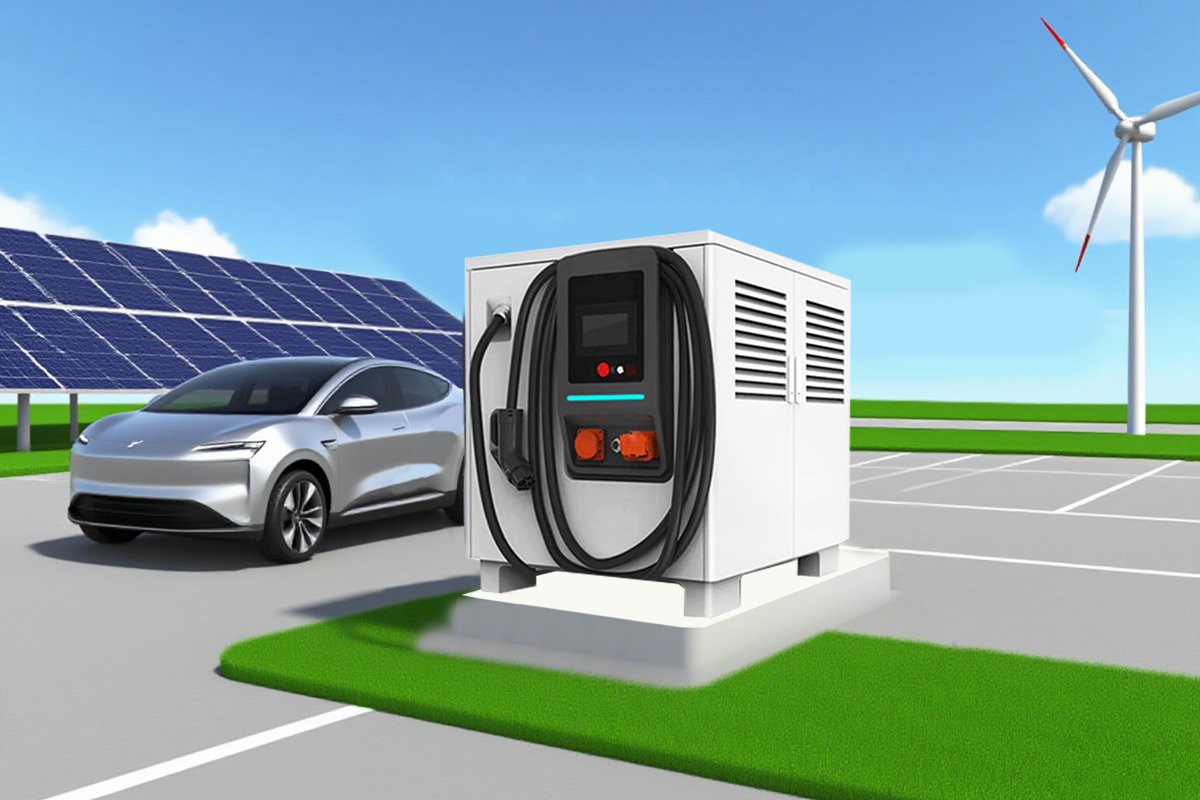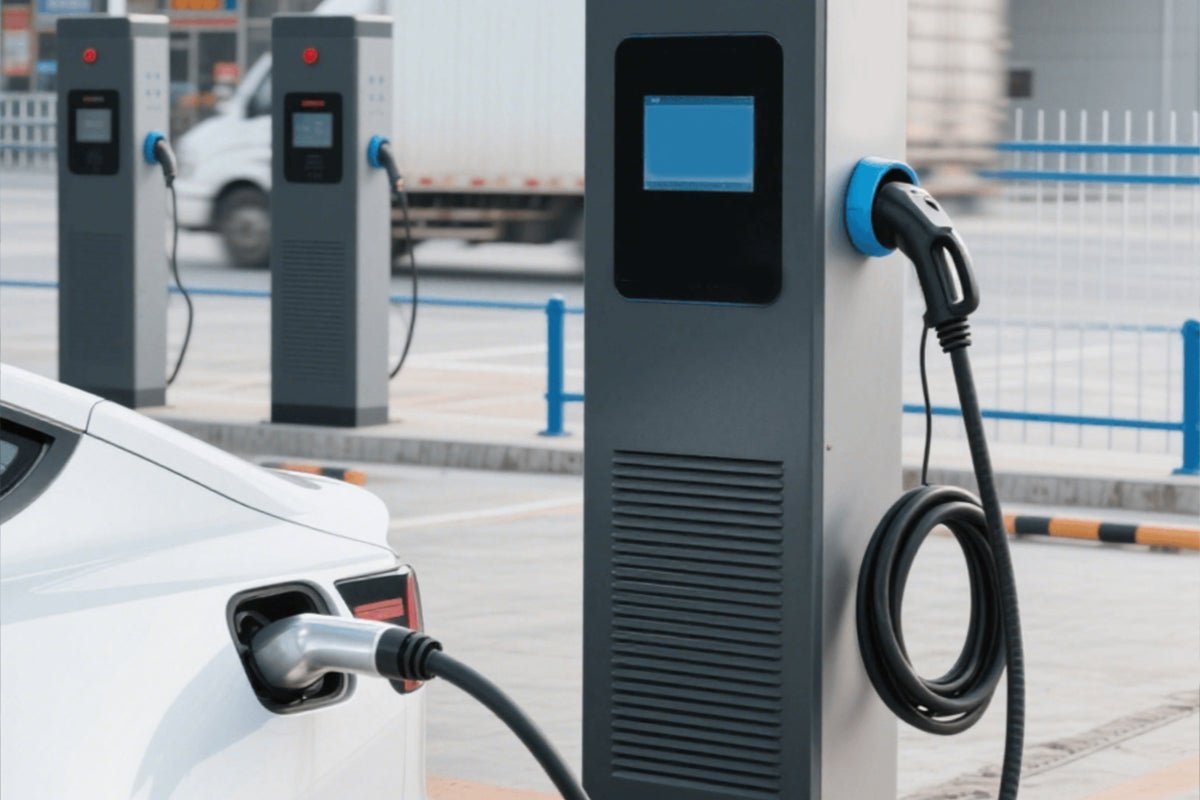1. Introduction to Energy Storage Charger
An energy storage charger is a new type of charging equipment that integrates a battery energy storage system with an electric vehicle charging system. It can provide power to electric vehicles through its built-in energy storage device, independent of grid supply. In addition to all the functions of a traditional charging pile, it offers multiple advantages such as peak shaving, emergency power supply, and optimized energy utilization.
2. Main System Module Composition
2.1 Energy Storage System
The core component of DC charging equipment for new energy vehicles, responsible for rectification, inversion, filtering, and other power conversion processes.
2.2 Charging Module
The core component of DC charging equipment for new energy vehicles, responsible for rectification, inversion, filtering, and other power conversion processes.
2.3 Control System
Includes a charging controller, billing unit, and communication module.
2.4 Human-Machine Interface (HMI)
Touchscreen, status indicator lights, emergency stop button, etc.
2.5 Safety Protection System
Features insulation detection, leakage protection, temperature monitoring, short-circuit protection, and DC output over/under-voltage protection, etc.
2.6 Cooling System
Liquid cooling circulation pump.
3. Working Principle
3.1 Charging Phase (Grid to Energy Storage Battery)
The charging module converts AC power to DC power to charge the energy storage battery pack. This typically occurs during off-peak electricity rate periods or regular hours.
3.2 Discharge Phase (Energy Storage Battery to EV)
When an electric vehicle requests charging, if the energy storage system has sufficient power, the system converts the stored DC power into the appropriate voltage and current for the electric vehicle’s battery.
4. Advantages of Energy Storage Charger
4.1 Grid-Friendly Operation
Energy storage chargers enable peak shaving and valley filling. During grid peak demand periods, they reduce grid power draw by using stored energy to charge vehicles. During off-peak periods, they draw power from the grid to recharge the storage system. This alleviates grid pressure, balances load distribution, and enhances grid stability.
4.2 Emergency Power Supply Function
In the event of grid outages or faults, energy storage chargers can provide emergency charging services for electric vehicles or other electrical devices using stored energy.
4.3 Improved Charging Efficiency
Pre-stored energy allows rapid response to charging requests, reducing vehicle wait times. It is unconstrained by real-time grid power capacity, enabling high-power charging in short durations.
5. Application Scenarios
5.1 Residential Areas
During peak demand periods (e.g., evenings when residents return home and simultaneously charge electric vehicles), grid loads are high. Energy storage charging piles can draw on stored energy to charge electric vehicles, reducing grid dependency, easing transformer loads in residential areas, and preventing overloads.
5.2 Commercial Centers and Public Parking Lots
Charging demand in commercial centers and public parking lots is unevenly distributed. For example, demand is low during weekdays (e.g., daytime) but surges in evenings or weekends. Energy storage chargers can store energy during low-demand periods (e.g., weekdays) and provide charging services during peak hours, improving facility utilization efficiency.
5.3 Industrial Parks
Industrial parks often have integrated energy management systems. Energy storage chargers can align with these systems to adjust charging or discharge strategies flexibly, optimizing energy allocation and utilization efficiency within the park.
5.4 Remote Areas
In remote regions, energy storage chargers can combine with renewable energy sources (e.g., solar and wind power) to generate and store energy, enabling independent electric vehicle charging services without relying on the grid.



Оставить комментарий
Все комментарии перед публикацией проверяются.
Этот веб-сайт защищается hCaptcha. Применяются Политика конфиденциальности и Условия использования hCaptcha.